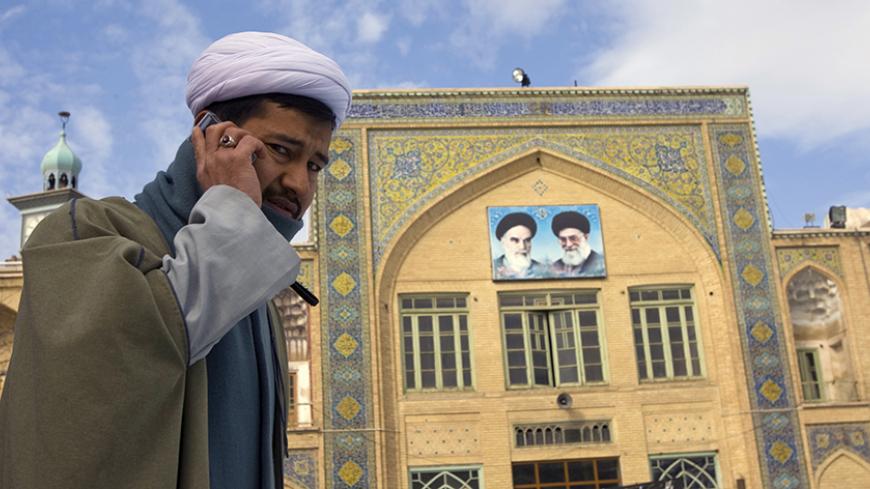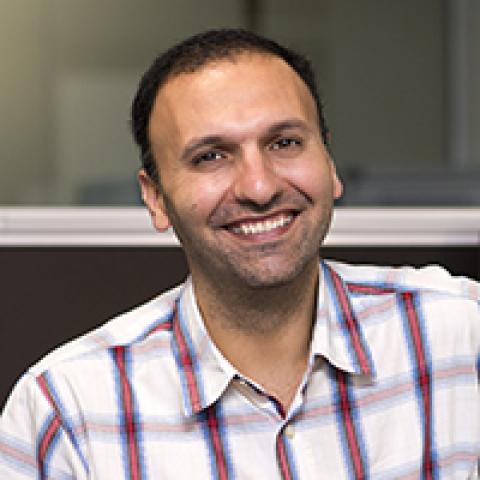In her book "Qur'an and Woman: Rereading the Sacred Text from a Woman's Perspective," pioneering Muslim feminist Amina Wadud writes, “What concerns me most about 'traditional' tafasir [interpretations of the Quran] is that they were exclusively written by males. This means that men and men's experiences were included and women and women's experiences were either excluded or interpreted through the male vision, perspective, desire or needs of a woman.”
For many who agree with Wadud, the active participation of women in the interpretation of Islamic scripture is necessary to transform the current patriarchal ambience in Islam. Throughout Islamic history, women have never been systematically trained in religious studies. The majority of Shiite religious scholars also consider masculinity an essential requirement for being a grand ayatollah or marja al-taqlid (source of emulation), which is the highest religious authority in Shiite Islam. Within the last few decades, however, things have changed in an unprecedented manner.



